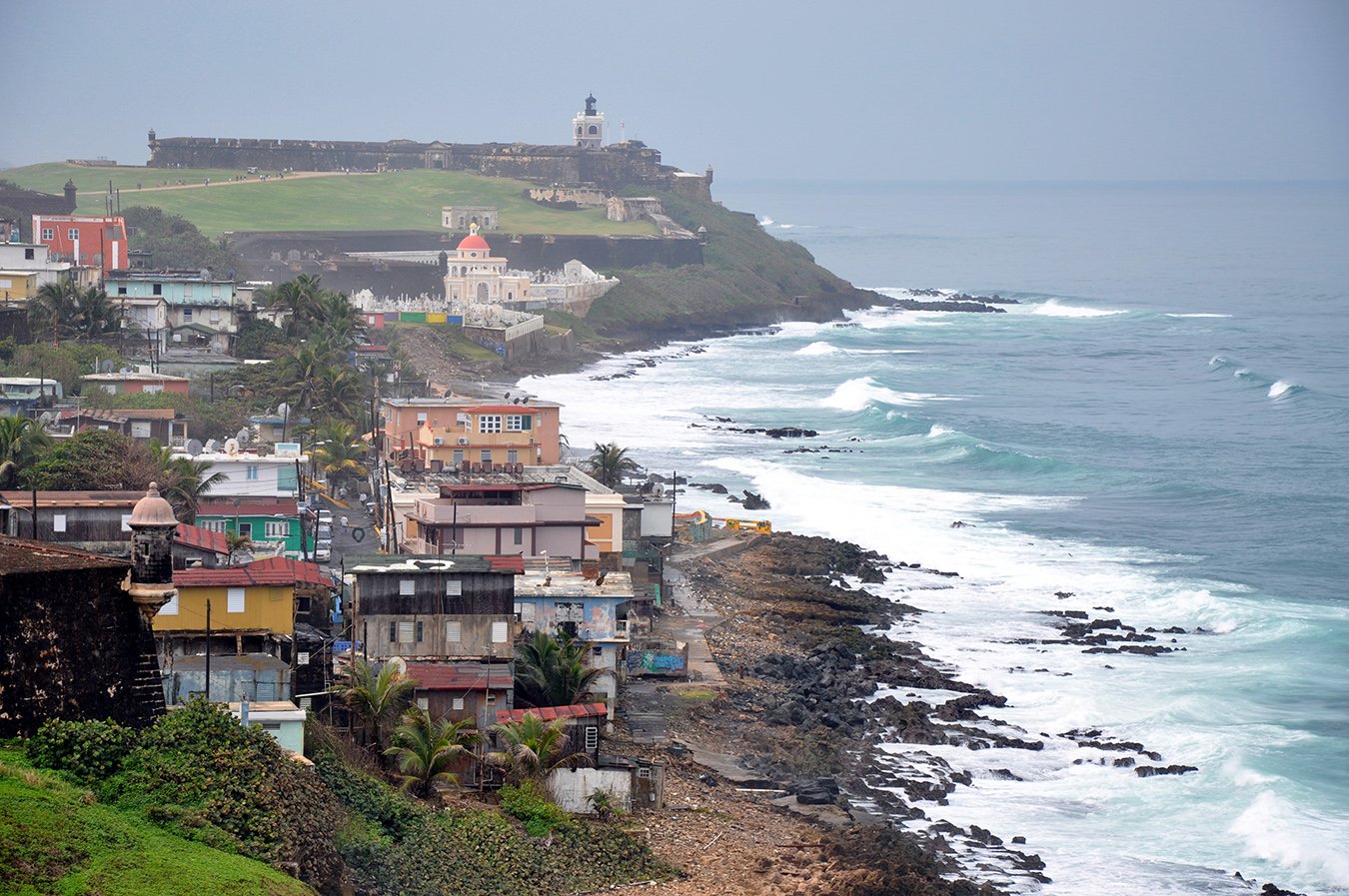San Juan (extra)muros : Gender, hygiene, and colonial displacement along the walls of Old San Juan
-
Cartography and maps
Historical and contemporary displacement
Heritage sites and National Park Service
Free, enslaved, and maroon black men and women
Working-class women’s history
Indigenous history
Bourbon reforms
Spanish-American War (1898)
Militarization (Spanish and American)
Gender roles
Afro-descendance and ancestry
Urban horticulture
Puerto Rican bomba music
The walls that surround San Juan were initially erected by the Spanish to protect settlers from numerous external threats such as neighboring Caribs, French buccaneers, British fleets, and Dutch corsairs. But the walls didn’t just keep outsiders at bay, they also became an internal boundary between those perceived as desirable and undesirable.
They demarcated (other)ness and (sub)alterity, a (border)land between life and death. The walls kept Indigenous Peoples, Protestant pirates, the quarantined, the infected, the butchered, the criminal, the poverty-stricken, and rotting corpses outside the city of San Juan. This (de)tour tells the story of Ballajá which housed the city’s working-class, particularly Black women, yet has since disappeared due to a series of military expropriations. This (de)tour is a radiography of displacement, and explores why certain communities, such as Ballajá, were more vulenrable to colonial displacement than others. We focus on the women of Ballajá; the laundresses, seamstresses, cooks, and prostitutes that defied the Imperial gaze and carved a space for themselves within the walled city of San Juan.

